Clear, intelligible speech is at the heart of every worship service. Whether it’s a sermon, prayer, or a choir performance, the ability for every word to be heard and understood is fundamental to fostering a meaningful worship experience. However, achieving consistent sound clarity in a church sanctuary is no small task. Large spaces, reflective surfaces, HVAC noise, and varying worship styles all create unique challenges. At Ford AV, we specialize in designing audio systems for churches that address these challenges by precisely controlling sound through reflection, diffusion, and absorption. Understanding these principles—and how to balance them—ensures that every congregant, no matter where they sit, can hear speech and music with perfect clarity.
The Three Principles of Sound Control: Diffusion, Reflection, and Absorption
Sound waves behave in predictable ways when they encounter the surfaces of a room. By understanding and controlling these behaviors, we can create a space optimized for both spoken word and music.
Diffusion
Diffusion occurs when sound waves are scattered in multiple directions after hitting an irregular surface. While reflection can create hot spots and echoes, diffusion smooths out sound energy across the room while maintaining the “liveness” of the room. Diffusers, often designed with ridges, curves, or irregular patterns, break up sound waves and scatter them evenly. In sanctuaries, diffusion prevents certain areas from being too loud while others remain quiet, ensuring an even listening experience. For example, diffusers can be placed on rear walls or ceilings to scatter reflections instead of allowing them to bounce straight back toward the congregation. This technique is particularly useful in large, fan-shaped auditoriums where sound must be evenly distributed across wide seating areas.
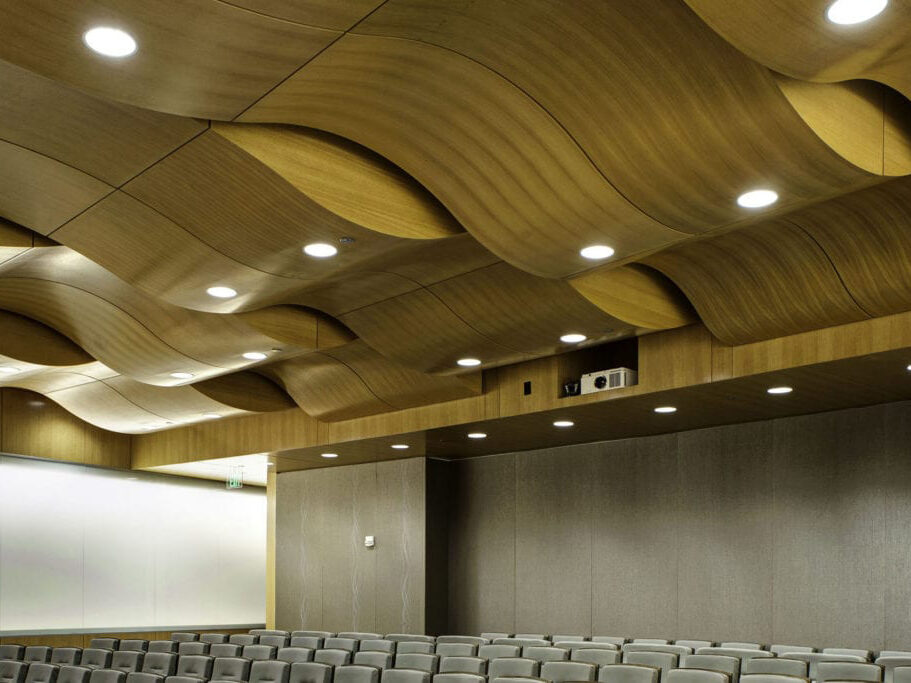
Reflection
Reflection is the bouncing of sound waves off hard surfaces like walls, ceilings, and floors. When sound waves reflect, they can either enhance or interfere with clarity. In traditional church designs—think high ceilings, stone walls, and long, open spaces—reflections can create an immersive, reverberant environment that enhances choir and organ music. However, these same reflections can make spoken words unintelligible, especially for modern sermons or amplified worship bands.
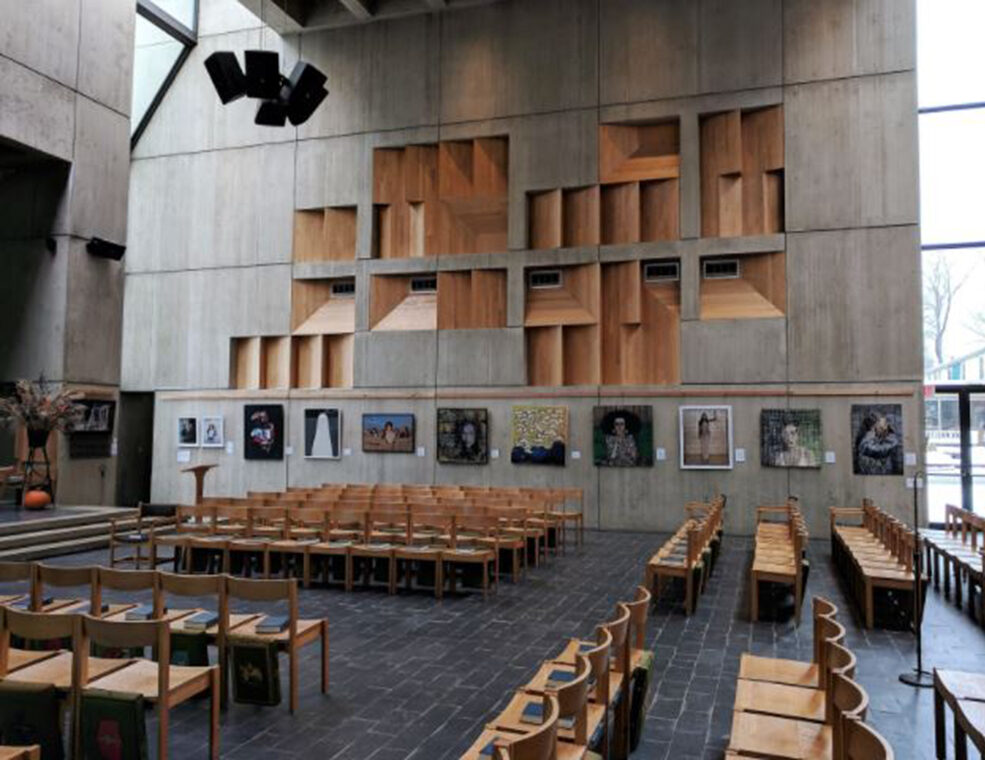
Excessive reflections lead to a phenomenon called reverberation, where sound persists too long after it is produced. Reverberation times (RT) above 1.5 seconds can muddle speech, causing words to overlap and lose definition.
To control reflections, strategic placement of acoustic panels and directional speakers can focus sound where it’s needed while reducing bounce-back off hard surfaces. Reflective surfaces are not inherently bad—in fact, controlled reflection can amplify sound naturally and improve the sense of “presence” in a space. The key lies in balancing reflection so that it complements the room’s acoustics without overpowering speech clarity.
Speech intelligibility is essential to all houses of worship. While music is a fundamental component of most worship gatherings, the spoken word is the primary means of communicating faith’s principles. The style of music dictates the audio reinforcement system required in a particular house of worship, but a primary consideration is the worship environment’s reverberation time (RT), the time required for an impulse sound to decay. Traditional liturgical forms of worship, most often with choir and organ, have their music enhanced by a reverberant environment. However, speech intelligibility suffers from that same reverberation. We address this by using loudspeakers that aim sound energy onto the listening plane of the audience, the approximate horizontal plane of their ears. We also intentionally focus on reducing acoustic energy that will strike wall and ceiling surfaces, which could otherwise reverberate to negative effect.
Absorption
Absorption is the process of reducing sound energy by using materials that “soak up” sound waves rather than reflecting them. Soft materials like fabric panels, carpets, and padded seating absorb mid-to-high-frequency sounds, which reduces echoes and shortens reverb time. Absorption is essential for creating a controlled acoustic environment, particularly for modern worship spaces with amplified sound from drums, guitars, and microphones. In these environments, too many hard surfaces can cause sound to ricochet, making music overwhelming and speech unintelligible.
While absorption is critical for speech clarity, overusing absorptive materials can “deaden” a room, removing the richness of sound that some congregations value, especially in spaces designed for choirs or live acoustic performances. The goal is not to eliminate reflections entirely but to achieve a harmonious balance between absorption and reflection, tailored to the worship style. By carefully calibrating these elements, sound energy can be managed effectively to create an environment that suits both spoken word and music.
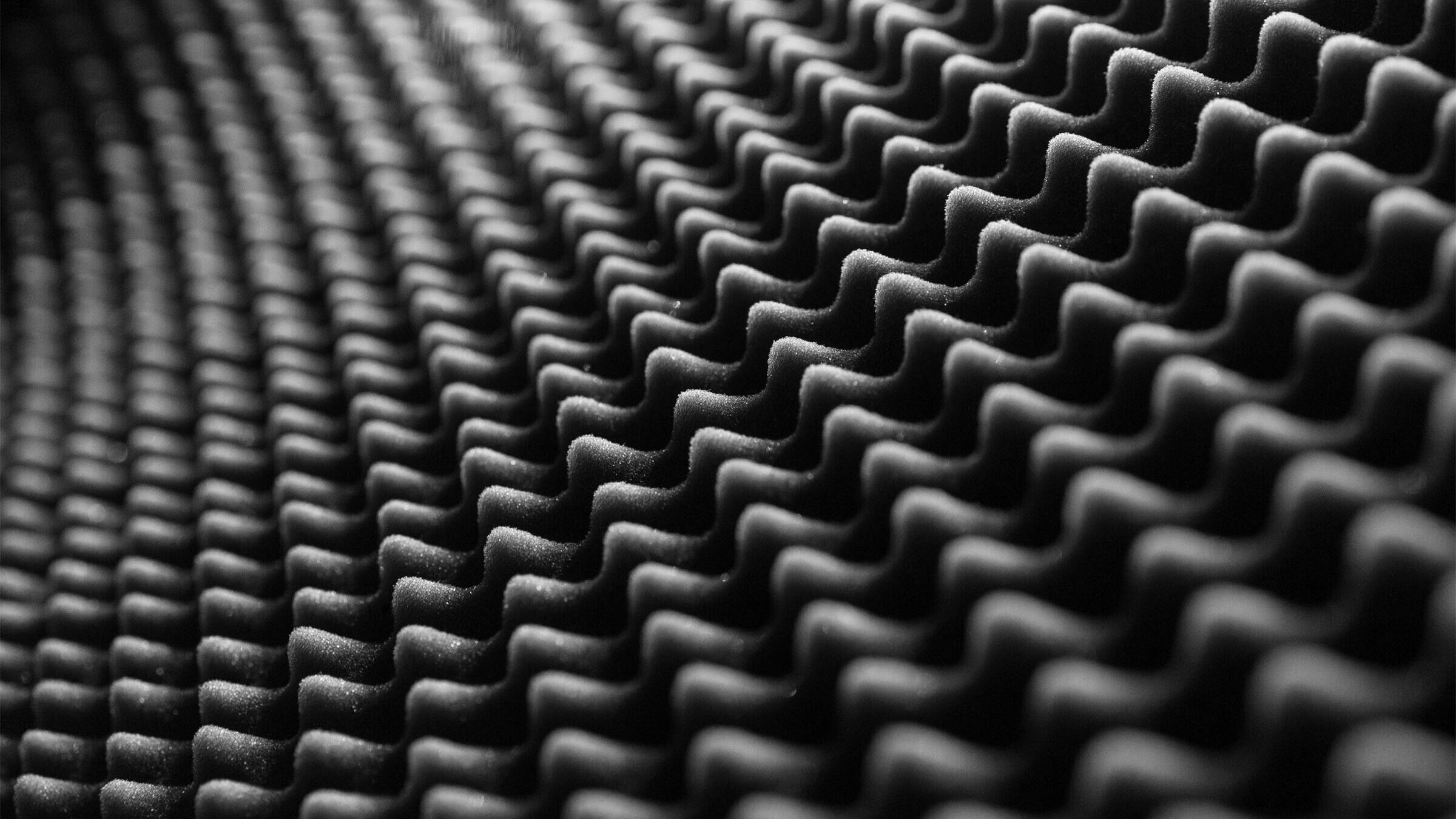
Balancing Worship Styles: Supporting Tradition and Modern Worship
Worship styles vary widely among churches, and a well-designed sound system should support both traditional and contemporary needs. Traditional services, featuring choirs, orchestras, and pipe organs, benefit from reverberation that enhances the live performances. However, excessive reverberation can negatively impact speech intelligibility. By focusing sound energy on the congregation’s listening plane and minimizing reflections off hard surfaces, we can create an environment where music thrives while speech remains clear.
In contrast, modern worship services with bands and amplified sound require tighter acoustic control. Excess reverberation can cause instruments like drums and guitars to overpower the space, making vocals unintelligible. In these settings, strategic use of absorption materials, directional microphones, and precision-tuned speaker systems creates a controlled environment where sound is balanced and focused.
Modern forms of worship typically involve high-energy music, including drums and electric guitars, that lose articulation and definition with excessive environmental reverberation. These worship environments benefit from architectural features that assist in reducing the RT, along with high-density acoustic treatment to further lower the RT. Following these considerations, a sound reinforcement system should be designed to deliver full-spectrum audio to the listeners at the level desired while limiting the energizing of other room surfaces. This type of designed and treated environment, with a properly configured audio system, naturally complements acceptable speech intelligibility.
For churches that blend both styles, flexibility is key. By using adaptable sound systems, sanctuaries can switch between acoustic and amplified settings without compromising clarity or aesthetics.
Additional Acoustic and Practical Factors
Addressing Noise: Controlling HVAC and External Sounds
Background noise, whether from HVAC systems, street traffic, or neighboring spaces, can significantly impact speech intelligibility. HVAC systems often produce low-frequency hums and vibrations that compete with speech frequencies. To mitigate this:
- Install vibration isolators to minimize mechanical noise from HVAC systems.
- Use sound-absorbing ductwork and silencers to reduce airflow noise.
- Position vents and equipment away from critical listening areas.
External noise from traffic or construction can be addressed using materials with high Sound Transmission Class (STC) ratings. STC measures how well materials block sound; windows, doors, and walls with higher STC ratings will significantly reduce outside interference.
Stage Design and Lighting Considerations
Effective Stage Design: The layout of the stage should facilitate clear sightlines and sound paths. Elevated platforms for speakers and performers are essential to ensure sound reaches the congregation effectively. Additionally, the arrangement of instruments and microphones should be carefully considered to avoid phase cancellation and feedback issues.
Lighting and Sound Coordination: Proper lighting can enhance the visual experience. Integrating intelligent lighting systems that adjust based on the performance can further enhance the worship experience without interfering with sound quality.
Furniture, Fixtures, and Equipment (FF&E)
Selecting appropriate furniture and fixtures is crucial for both aesthetics and functionality. Flexible seating arrangements can facilitate sound distribution while maintaining comfort for congregants.
Investing in quality audio equipment, such as directional microphones, well-calibrated speakers, and advanced digital sound processors, will significantly improve speech intelligibility. These technologies can help tailor the sound to the specific acoustics of the sanctuary, providing clear and consistent audio. Make sure to include these costs in your initial budget. You don’t want to be surprised with the cost of these items along with your AV design.
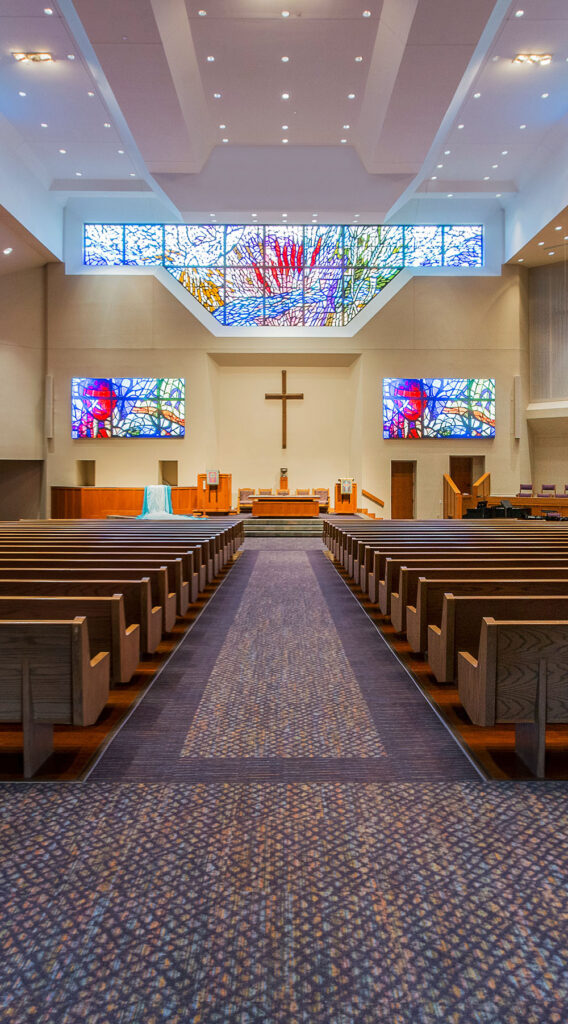
Collaborating with Architects and AV Integrators
Working closely with architects during the planning phase is vital to achieving optimal sound quality. Discuss the specific audio needs of the space, including the placement of sound systems and the potential impact of architectural features on acoustics. A collaborative approach ensures that both aesthetic and functional elements are considered, leading to a harmonious design that enhances worship.
Assistive Listening Systems: Supporting the Hearing-Impaired
Inclusivity is essential in worship spaces, and assistive listening systems ensure that every congregant, regardless of hearing ability, can fully engage in services. These systems transmit audio directly to hearing aids, headphones, or personal listening devices, eliminating background noise and improving clarity. Technologies like hearing loops, infrared systems, and FM transmitters are easy to integrate into existing sound systems and provide an invaluable resource for the hearing-impaired.
Organizing Volunteers and Training
A well-trained volunteer team is vital for maintaining audio systems. It’s essential to provide volunteers with training in equipment setup, microphone handling, and sound mixing. Clear protocols should be established to ensure that volunteers can confidently manage AV systems during services, minimize technical difficulties, and enhance the overall worship experience. Regular workshops can keep volunteers informed about new technologies and best practices.
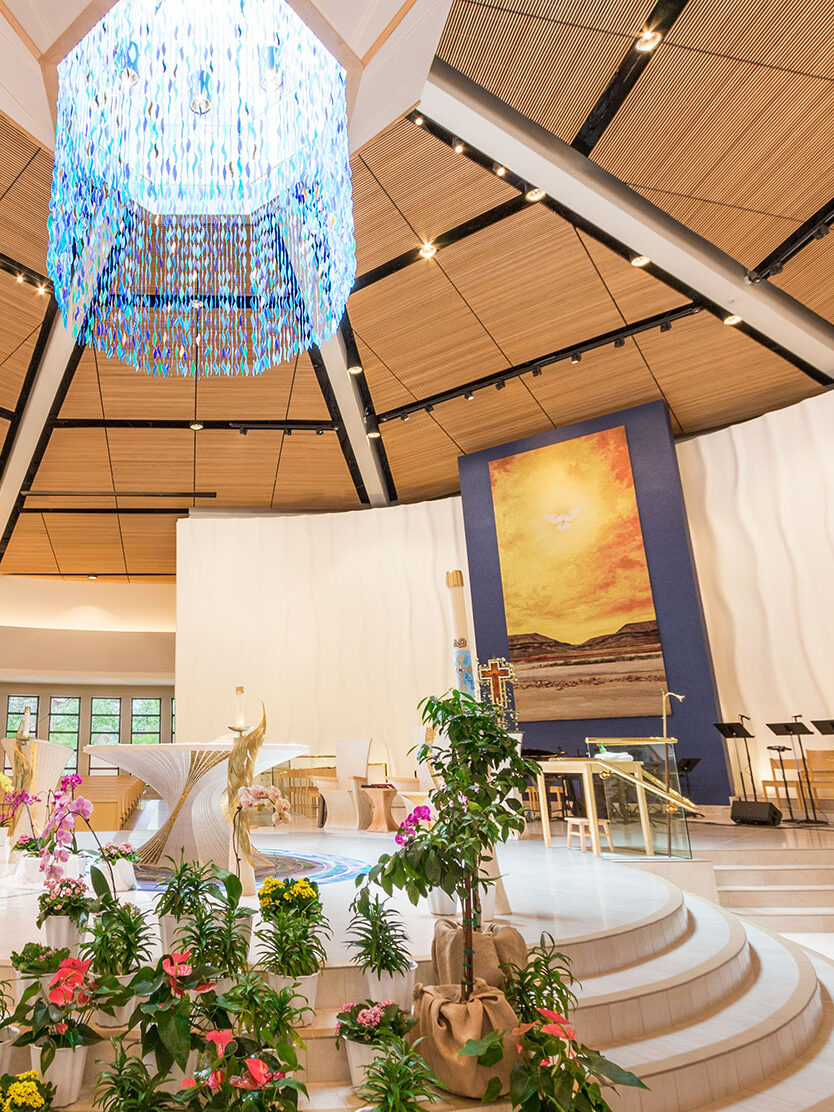
Speech Transmission Index (STI): Measuring Speech Clarity
Achieving speech intelligibility is not just about subjective preferences—it can also be measured using the Speech Transmission Index (STI). The STI measures how well sound is transmitted from the source (such as a pastor speaking into a microphone) to the listener. It quantifies speech clarity on a scale from 0 to 1, where higher values indicate better intelligibility.
Poor STI scores are often caused by excessive reverberation, poor speaker placement, or background noise. A properly designed sound system will direct sound precisely to the congregation, minimizing interference and reflections. At Ford AV, we use advanced tools to test STI levels in worship spaces, ensuring that speech is crisp, clear, and evenly distributed throughout the room.
Conclusion
Achieving excellent speech intelligibility in churches requires a careful balance of reflection, diffusion, and absorption, combined with noise control and assistive technologies. Whether your church favors the warmth of natural acoustics for choirs or the precision of a controlled environment for modern bands, Ford AV can design and install sound systems tailored to your specific needs. By managing sound energy and using advanced tools like STI measurements, we ensure that every word and note is heard clearly, creating an enriching worship experience for everyone.
When planning a new construction or major remodel project for a house of worship, it’s essential to engage a knowledgeable and experienced AV integrator. Early collaboration can help incorporate features into the design that will deliver the desired acoustic results while avoiding future challenges—and potentially saving funds by addressing foreseeable issues at the outset of the process.
Contact Ford AV today to learn more about our custom audio solutions for churches.
